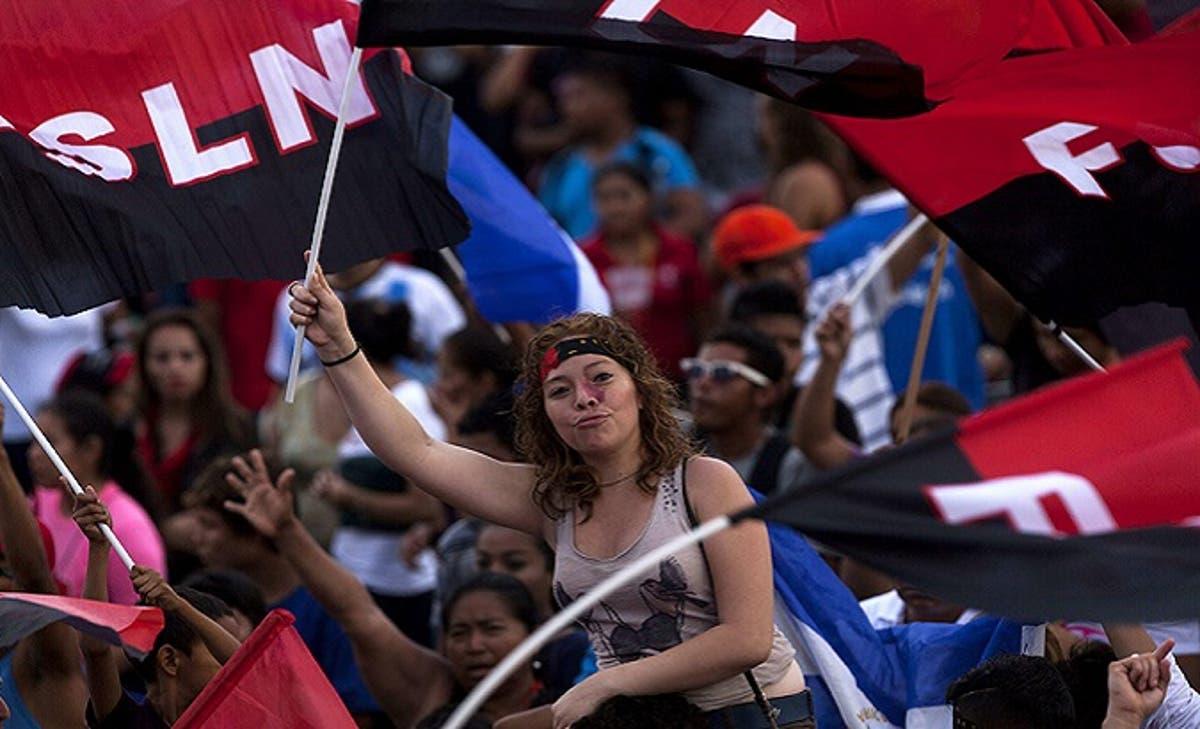
Women Have Made Particularly Significant Gains Under the Second Sandinista Government Since 2006
Women, particularly those in the Third World, often find themselves with limited ability to participate in community organizations and political life because of the poverty and their traditional sex role imposes on them.
On them falls sole responsibility to care for their children and other family members, especially when sick; they maintain the home, cook the meals, wash the dishes, the clothes, bathe the children, clean the house, mend the clothes. This labor becomes unending manual labor when households have no electricity (consequently, no lights, no refrigerator, no labor-saving electrical devices), and no running water.
The burden of this work impedes the social participation, self-expectations, and education of the female population.
Women in the Third World (and increasingly in the imperial First World) face problems of violence at home and in public, problems of food and water for the family, of proper shelter, and lack of health care for the family, and their own lack of access to education and, thus, work opportunities.
In Nicaragua, before the 1979 Sandinista revolution, men typically fulfilled few obligations for their children; men often abandoned the family, leaving the care to women. It was not uncommon to hear the abuse that men inflicted on women, to see women running to a neighbor for refuge.
It was not uncommon to encounter orphaned children whose mothers died in childbirth, since maternal mortality was high. Common illnesses were aggravated because there were few hospitals and, if there were, cash payment was demanded.
After the 1979 Sandinista victory, living conditions for women dramatically improved, achievements the period of neoliberal rule (1990-2006) did not completely overturn. Throughout the second Sandinista period (2007- today), the material and social position of women again made giant steps forward.
The greatest advances have been made by poor women in the rural areas and barrios, historically without safety, electricity, water and sanitation services, health care, or paved roads.
The liberation women have attained during the Sandinista era cannot be measured only by what we apply in North America: equal pay for equal work, the right to abortion, the right to affordable childcare, freedom from sexual discrimination.
Women’s liberation in Third World countries involves matters that may not appear on the surface as women’s rights issues. These include the paving of roads, improving housing, legalized land tenure, school meal programs, new clinics and hospitals, electrification, plumbing, literacy campaigns, potable water, aid programs to campesinos and crime reduction programs.
Because half of Nicaraguan families are headed by single mothers, this infrastructure development promotes the liberation and well-being of women.
Government programs that directly or indirectly shorten the hours of household drudgery free women to participate more in community life and increase their self-confidence and leadership. A country can have no greater democratic achievement than bringing about full and equal participation of women.
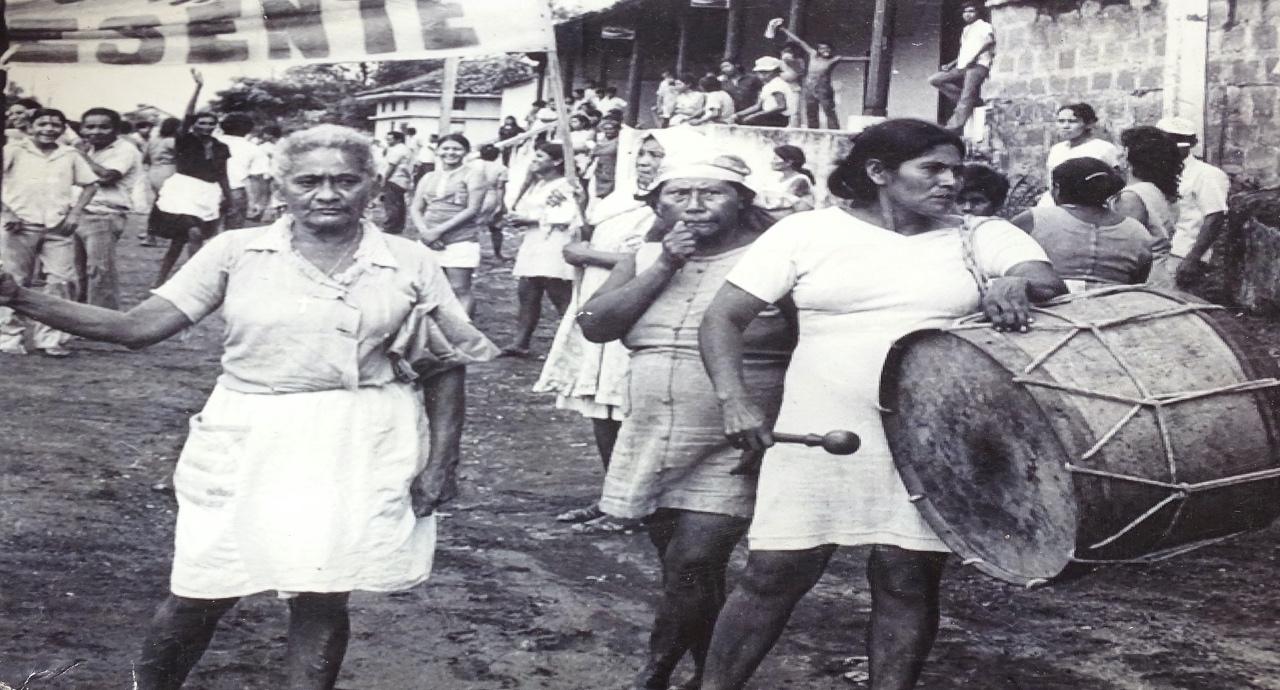
Women’s Liberation Boosted with the FSLN’s Zero Hunger and Zero Usury Programs
These programs, launched in 2007, raise the socio-economic position of women. Zero Hunger furnishes pigs, a pregnant cow, chickens, plants, seeds, fertilizers, and building materials to women in rural areas to diversify their production, upgrade the family diet,and strengthen women-run household economies.
The agricultural assets provided are put in the woman’s name, equipping women to become more self-sufficient producers; it gives them more direct control and security over food for their children.
This breaks women’s historic dependency on male breadwinners and encourages their self-confidence. The program has aided 275,000 poor families, more than one million people (of a total of 6.6 million Nicaraguans) and has increased both their own food security and the nation’s food sovereignty.
Nicaragua now produces close to 90% of its own food, with most coming from small and medium farmers, many of them women. As Fausto Torrez of the Nicaraguan Rural Workers Association (ATC) correctly noted, “A nation that cannot feed itself is not free.”
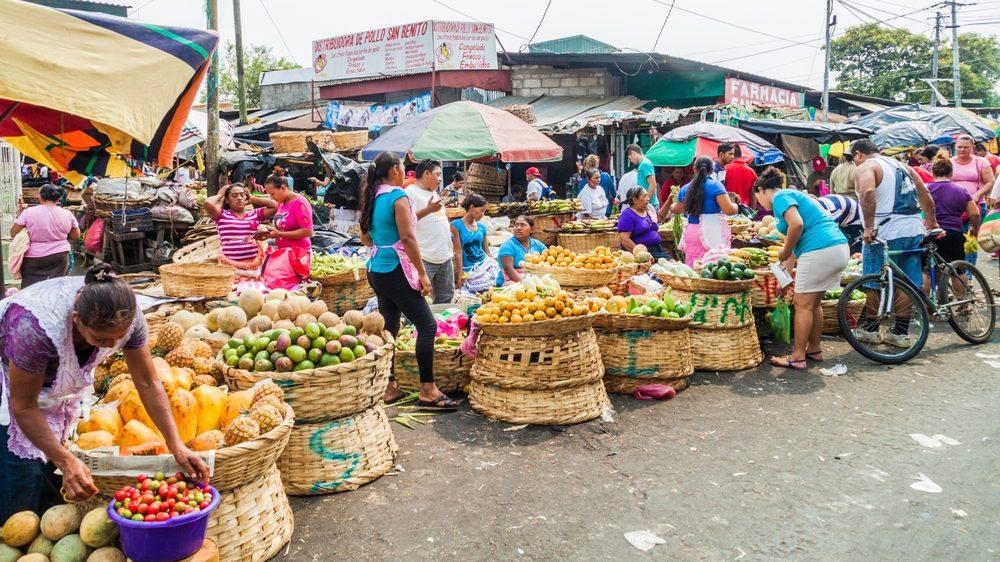
The Zero Usury program is a microcredit mechanism that now charges 0.5% annual interest, not the world microcredit average of 35%. More than 445,000 women have received these low-interest loans, typically three loans each.
The program not only empowers women but is a key factor reducing poverty, unlocking pools of talent, and driving diversified and sustainable growth. Many women receiving loans have turned their businesses into cooperatives, providing jobs to other women. Since 2007, about 5,900 cooperatives have formed, with 300 being women’s cooperatives.
Poverty has been reduced from 48% in 2007 to 25% and extreme poverty from 17.5% to 7%. This benefited women in particular, since single mother households suffered more from poverty. The Zero Hunger and Zero Usury programs have lessened the traditional domestic violence, given that women in poverty suffer greater risk of violence and abuse than others.
Giving Women Titles to Property Is a Step Toward Women’s Liberation
Since most Nicaraguans live by small-scale farming or by small business, possessing the title of legal ownership is a major concern. Between 2007 and 2021, the FSLN government has given out 451,250 land titles in the countryside and the city, with women making up 55% of the property-owners who benefited. Providing women with the legal title to their own land was a great step toward their economic independence.
Infrastructure Programs Expand Women’s Freedom
The Sandinista government has funded the building or renovation of 290,000 homes since 2007, free of charge for those in extreme poverty, or with interest-free long-term loans. This aided more than one million Nicaraguans, particularly single mothers, who head half of all Nicaraguan families.
In 2006 only 65% of the urban population had potable drinking water; now 92% do. Access to potable water in rural areas has doubled, from 28% to 55%. This frees women from the toilsome daily walk to the village well to carry buckets of water home to cook every meal, wash the dishes and clothes, and bathe the children. Homes connected to sewage disposal systems have grown from 30% in 2007 to 57% in 2021.
Now 99% of the population has electricity compared to 54% in 2006. As we know from experiencing electrical blackouts, electricity significantly frees our lives from time-consuming tasks. Street lighting has more than doubled, increasing security for all. Reliable home electricity enables the use of electrical labor-saving devices, such as a refrigerator.
Today, high-speed internet connects and unites most of the country, reducing people’s isolation and lack of access to information. Virtually everyone has a cell phone, and free internet is now available in many public parks.
Nicaragua’s road system is now among the best in Latin America and the Caribbean, given it has built more roads in the last 15 years than were built in the previous 200 years. Outlying towns are now connected to the national network. Now women in rural areas can travel elsewhere to work, sell their products in nearby markets, attend events in other towns, and take themselves or their children to the hospital. This contributes to the fight against poverty and the fight for women’s liberation.
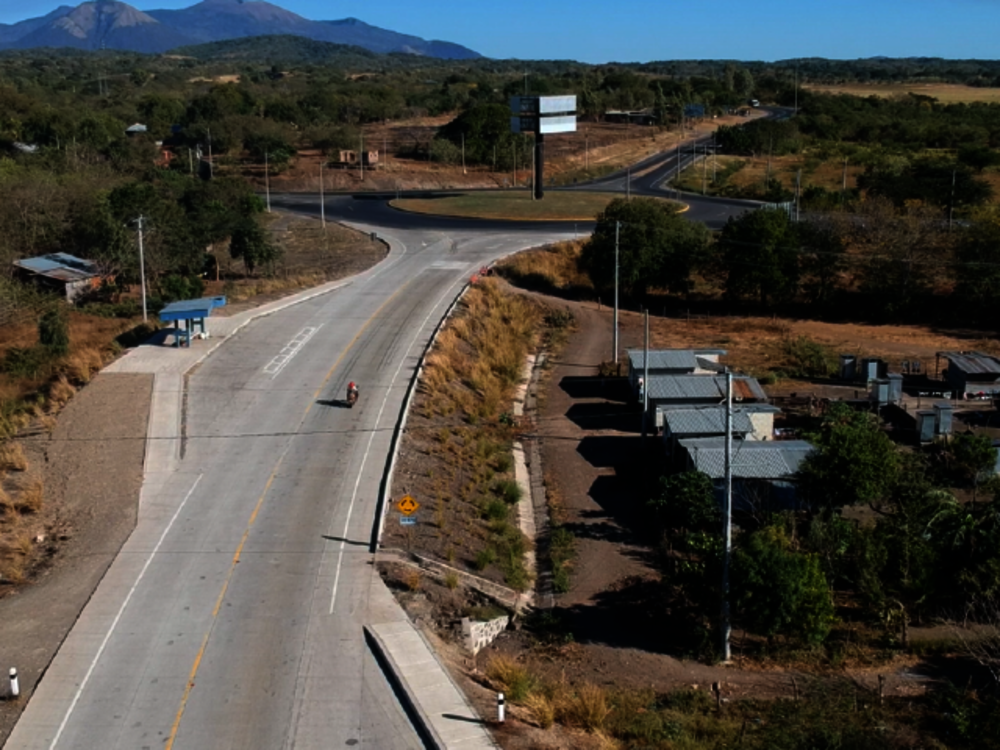
Better roads and housing, almost universal electrical and internet access, as well as indoor plumbing, greatly lessens the burdens placed on women homemakers and provide them with greater freedom to participate in the world they live in.
The Sandinista Educational System Emancipates Women
The humanitarian nature of the FSLN governments, as opposed to the disregard by previous neoliberal regimes, is revealed by statistics on illiteracy. When the FSLN revolution triumphed in 1979, illiteracy topped 56%.
Within ten years they reduced it to 12%. Yet by the end of the 16-year neoliberal period in 2006, which dismantled the free education system, illiteracy had again risen to 23%. Today the FSLN government has cut illiteracy to under 4%.
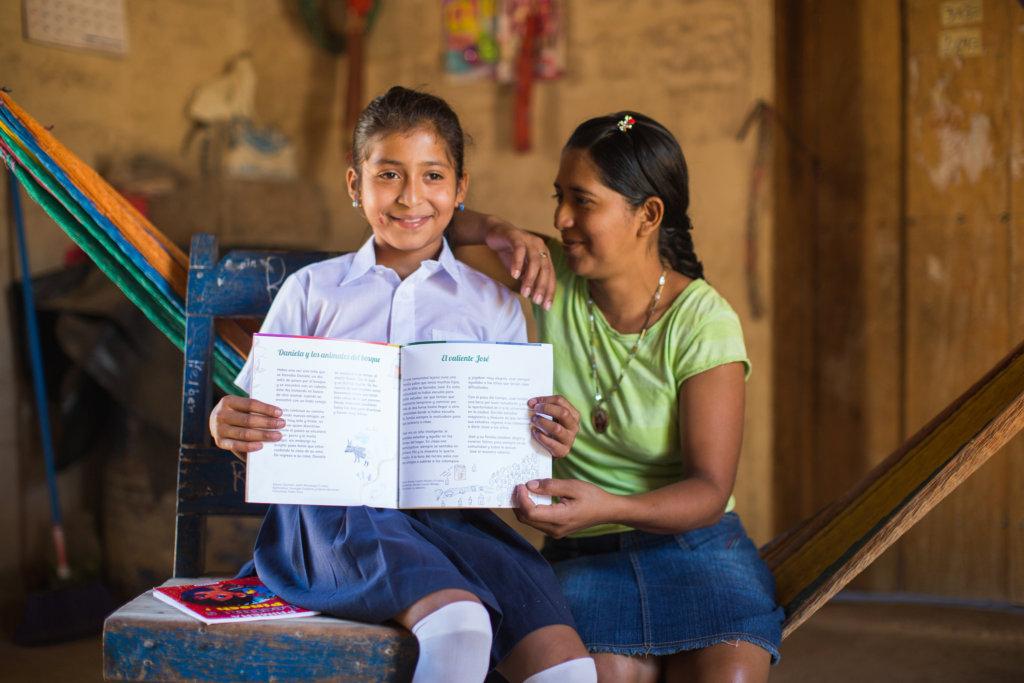
The FSLN made education completely free, eliminating school fees. This, combined with the aid programs for poor women, has allowed 100,000 children to return to school. The government began a school lunch program, a meal of beans and rice to 1.5 million school and pre-school children every day.
Pre-school, primary and secondary students are supplied with backpacks, glasses when needed, and low-income students receive uniforms at no cost. Now a much higher proportion of children are able to attend school, which provides more opportunities for mothers to work outside the home.

Nicaragua has established a nationwide free day-care system, now numbering 265 centers. Mothers can take their young children to day care, freeing them from another of the major hurdles to entering the workforce.
Due to the vastly expanded and free medical system, the Zero Hunger, Zero Usury and other programs, chronic malnutrition in children under five has been cut in half, with chronic malnutrition in children six to twelve cut by two-thirds. Now it is rare to see kids with visible malnutrition, removing another preoccupation from mothers.
Schools and businesses never closed during the Covid pandemic, and Nicaragua’s health system has been among the most successful in the world addressing Covid. The country has the lowest number of Covid deaths per million inhabitants among all the countries of the Americas.
Nicaragua has also built a system of parks, playgrounds, and other free recreation where mothers can take their children.
Throughout the school system, the Ministry of Education promotes a culture of equal rights and non-discrimination. It has implemented the new subject “Women’s Rights and Dignities,” which teaches students about women’s right to a life without harassment and abuse and the injustices of the patriarchal system. Campaigns were launched to promote the participation of both mom and dad in a child’s education, such as emphasizing that attending school meetings or performances are shared responsibilities of both parents.
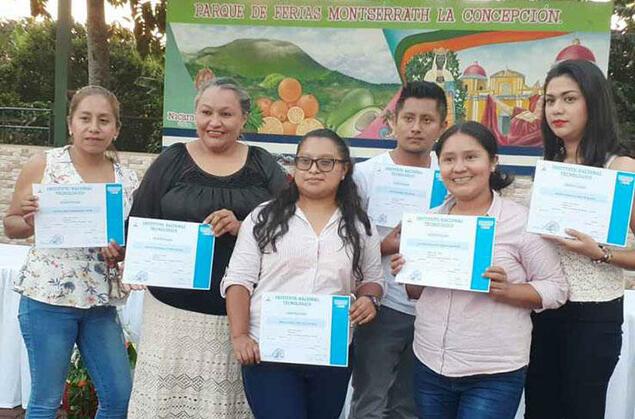
Sandinistas’ Free Health Care System Liberates Women
In stark contrast to Nicaragua’s neoliberal years, with its destruction of the medical system, and in contrast to other Central American countries and the United States with their privatized health care for profit, the Sandinistas have established community-based, free, preventive public health care. Accordingly, life expectancy has risen from 72 years in 2006 to 77 years today, now equal to the U.S. level.
Health care units number more than 1,700, including 1,259 health posts and 192 health centers, with one-third built since 2007. The country has 77 hospitals, with 21 new hospitals built, and 46 existing hospitals remodeled and modernized. Nicaragua provides 178 maternity homes near medical centers for expectant mothers with high-risk pregnancies or from rural areas to stay during the last weeks of pregnancy.

The United States is the richest country in the Americas, while Nicaragua is the third-poorest. Yet in the U.S. since 2010, more than 100 rural hospitals have closed, and fewer than 50% of rural women have access to pre-natal services within a 30-mile drive from their homes. This has disproportionately affected low-income women, particularly Black and Latino women.
Nicaragua has equipped 66 mobile clinics, which gave nearly 1.9 million consultations in 2020. These include cervical and breast cancer screenings, helping to cut the cervical cancer mortality rate by 34% since 2007. The number of women receiving Pap tests has increased almost five-fold, from 181,491 in 2007 to 880,907 in 2020.
In the pre-Sandinista era, one-fourth of pregnant women gave birth at home, with no doctor. There were few hospitals and pregnant women often had to travel rough dirt roads to reach a clinic or hospital. Now women need not worry about reaching a distant hospital while in labor because they can reside in a local maternity home for the last two weeks of their pregnancies and be monitored by doctors.
In 2020, 67,222 pregnant women roomed in one of these homes, and could be accompanied by their mothers or sisters. As a result, 99% of births today are in medical centers, and maternal mortality fell from 115 deaths per 100,000 births in 2006 to 36 in 2020. These are giant steps forward in the liberation of women.
Contrary to the indifference to women in the U.S., Nicaraguan mothers receive one month off work before their baby is born, and two months off after; even men get five days off work when their baby is born. Mothers also receive free milk for six months. Men and women get five paid days off work when they marry.
The Question of Abortion Rights
The law making abortion illegal, removing the “life and health of the mother” exception, was passed in the National Assembly under President Enrique Bolaños in 2006. There had been a well-organized and funded campaign by Catholics all over Latin America as well as large marches over the previous two years in Nicaragua in favor of this law.
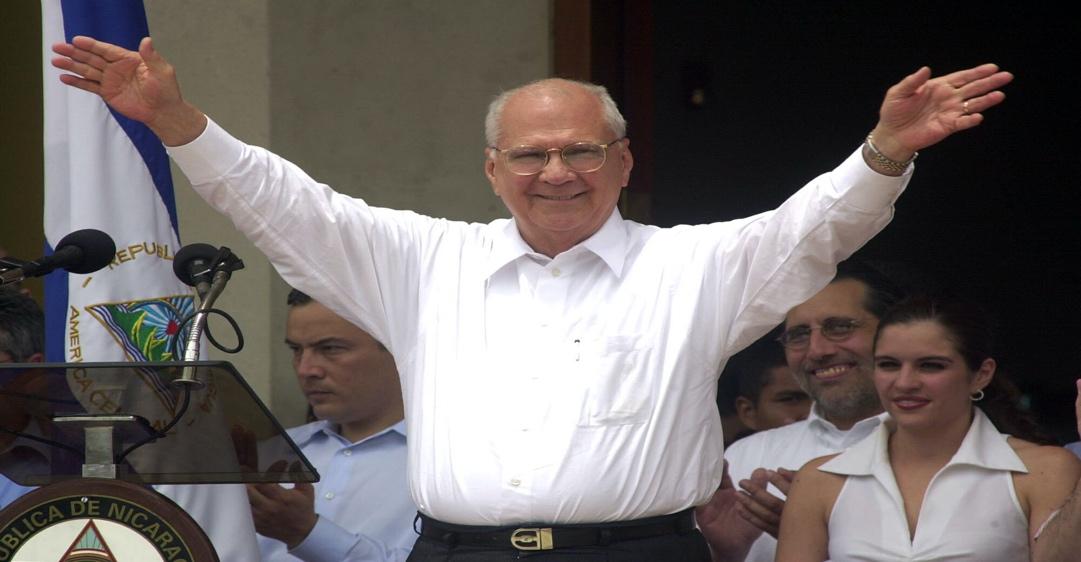
The law, supported by 80% of the people, was proposed immediately before the presidential election as a vote-getting ploy by Bolaños. The Sandinistas were a minority in the National Assembly at the time, and the FSLN legislators were released from party discipline for the vote. The majority abstained, while several voted in favor. The law has never been implemented or rescinded.
Since the Sandinistas’ return to power in 2007 no woman or governmental or private health professional has been prosecuted for any action related to abortion. Any woman whose life is in danger receives an abortion in government health centers or hospitals. Many places exist for women to get abortions; none has been closed or attacked, and none is clandestine. The morning-after pill and contraceptive services are widely available.
Sandinista Measures to Free Women from Violence
Nicaragua has created 102 women’s police stations, special units that include protecting women and children from sexual and domestic violence and abuse. Now women can talk to female police officers about crimes committed against them, whether it be abuse or rape, making it easier and more comfortable for women to file complaints, receive counseling for trauma, and ensure that violent crimes against women are prosecuted in a thorough and timely manner.
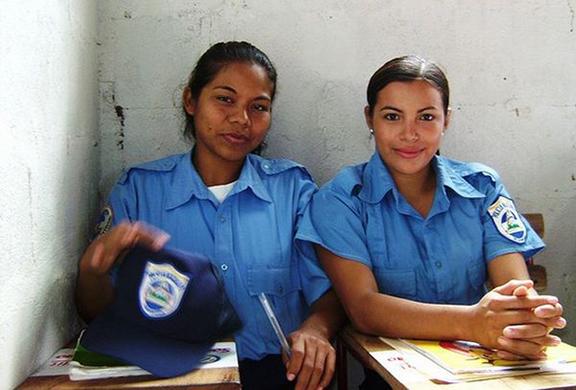
Women make up 34.3% of the 16,399 National Police officers, a high number for a police department. For instance, New York City and Los Angeles police are 18% women and Chicago is 23%.
The United Nations finds Nicaragua the safest country in Central America, with the lowest homicide rate, 7.2 per 100,000 (down from 13.4 in 2006), less than half the regional average of 19.
It also has the lowest rate of femicides in Central America (0.7 per 100,000), another testament to the Sandinista commitment to ending mistreatment of women. The government organizes citizen-security assemblies to raise consciousness concerning violence against women and to handle the vulnerabilities women face in the family and community. Mifamilia, the Ministry of the Family, carries out house-to-house visits to stress prevention of violence against women and sexual abuse of children.
Nicaragua is the most successful regional country in combating drug trafficking and organized crime, freeing women from the insecurity that plagues women in places such as Ciudad Juárez, Mexico.
Women’s Leadership in the Nicaragua Government
The progress women have made during the second FSLN era is reflected in their participation in government. The 1980s’ Sandinista directorate contained no women. In 2007, the second Sandinista government mandated equal representation for women, ensuring that at least 50% of public offices would be filled by women, from the national level to the municipal.
Today, 9 out of 16 national government cabinet ministers are women. Women head the Supreme Electoral Council, the Supreme Court, the Attorney General’s office, the Public Prosecutor’s Office, and account for 60% of judges. Women make up half of the National Assembly, of mayors, of vice-mayors and of municipal council members. Women so represented in high positions provides a model and inspires all women and girls to participate in building a new society with more humane human relations.
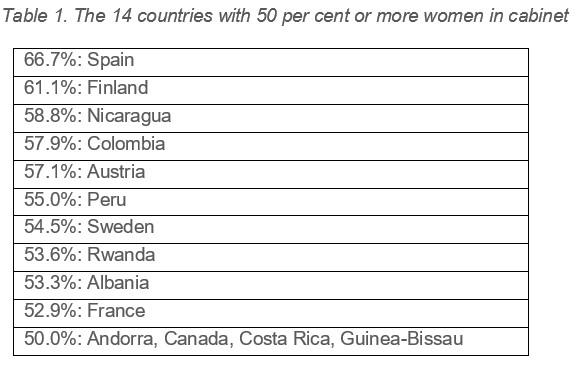
No Greater Democratic Victory Than the Liberation of Women
The progress made in women’s liberation is seen in the Global Gender Gap Index: In 2007, Nicaragua ranked 90th on the index; by 2020, it had jumped to 5th place, exceeded only by Iceland, Norway, Finland and Sweden.
Nicaragua is a country that has accomplished the most in liberating women from household drudgery and domestic slavery because of its policies favoring the social and political participation and economic advancement of poor women.
Women have gained a women’s police commissariat, legal recognition of their property, new homes for abused women and for poor single mothers, economic programs that empower poorer women, abortion is not criminalized in practice, half of all political candidates and public office holders are women, extreme poverty has been cut by half, mostly benefiting women and children, domestic toil has been greatly reduced because of modernized national infrastructure, women have convenient and free health care.
In their liberation struggle, Nicaraguan women are becoming ever more self-sufficient and confident in enforcing their long-neglected human rights. They are revolutionizing their collective self-image and ensuring their central role in building a new society. This betters the working class and campesinos as a whole by improving the quality of life for all and is a vital weapon in combating U.S. economic warfare.
As Lenin observed, “The experience of all liberation movements has shown that the success of a revolution depends on how much the women take part in it.” Nicaragua is one more living example that a new world is possible.

CovertAction Magazine is made possible by subscriptions, orders and donations from readers like you.
Blow the Whistle on U.S. Imperialism
Click the whistle and donate
When you donate to CovertAction Magazine, you are supporting investigative journalism. Your contributions go directly to supporting the development, production, editing, and dissemination of the Magazine.
CovertAction Magazine does not receive corporate or government sponsorship. Yet, we hold a steadfast commitment to providing compensation for writers, editorial and technical support. Your support helps facilitate this compensation as well as increase the caliber of this work.
Please make a donation by clicking on the donate logo above and enter the amount and your credit or debit card information.
CovertAction Institute, Inc. (CAI) is a 501(c)(3) non-profit organization and your gift is tax-deductible for federal income purposes. CAI’s tax-exempt ID number is 87-2461683.
We sincerely thank you for your support.
Disclaimer: The contents of this article are the sole responsibility of the author(s). CovertAction Institute, Inc. (CAI), including its Board of Directors (BD), Editorial Board (EB), Advisory Board (AB), staff, volunteers and its projects (including CovertAction Magazine) are not responsible for any inaccurate or incorrect statement in this article. This article also does not necessarily represent the views the BD, the EB, the AB, staff, volunteers, or any members of its projects.
Differing viewpoints: CAM publishes articles with differing viewpoints in an effort to nurture vibrant debate and thoughtful critical analysis. Feel free to comment on the articles in the comment section and/or send your letters to the Editors, which we will publish in the Letters column.
Copyrighted Material: This web site may contain copyrighted material the use of which has not always been specifically authorized by the copyright owner. As a not-for-profit charitable organization incorporated in the State of New York, we are making such material available in an effort to advance the understanding of humanity’s problems and hopefully to help find solutions for those problems. We believe this constitutes a ‘fair use’ of any such copyrighted material as provided for in section 107 of the US Copyright Law. You can read more about ‘fair use’ and US Copyright Law at the Legal Information Institute of Cornell Law School.
Republishing: CovertAction Magazine (CAM) grants permission to cross-post CAM articles on not-for-profit community internet sites as long as the source is acknowledged together with a hyperlink to the original CovertAction Magazine article. Also, kindly let us know at info@CovertActionMagazine.com. For publication of CAM articles in print or other forms including commercial internet sites, contact: info@CovertActionMagazine.com.
By using this site, you agree to these terms above.
About the Author

Stansfield Smith is a member of Chicago ALBA Solidarity, formerly the Chicago Committee to Free the Cuban 5.
He has published in Counterpunch, Dissident Voice, Council on Hemispheric Affairs, Monthly Review online, and other websites.
Smith is a long time anti-war activist, and opposed U.S. interference over the years in Latin America.
He produces AFGJ’s Venezuela & ALBA Weekly News.
Stan’s website is ChicagoALBASolidarity.org and he can be reached at Stansfieldsmith100@gmail.com.





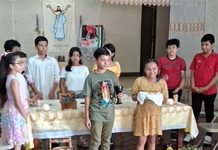
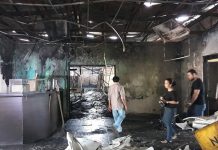

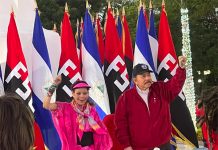


[…] Stansfield Smith, published on Covert Action Magazine, March 28, […]
President Ortega is a $Billionaire and the average salary for Nicaraguans is $2US per day, yeh a raging success those Sandinistas,
You only said 20 words, but I learned more from your 20 words than the thousands of words written by the writer.
Not true, actually. I live in Nicaragua. I’ve seen the wage scales for the country. Ortega isn’t a billionaire, not that the family isn’t well-off (the wife comes from money). 50% of the population is still agricultural. 50% is urban. Things have been improving steadily since when I first moved here in 2010 even with the riots in 2018 (both sides were shooting).
[…] • First published in CovertAction Magazine […]
[…] Nicaragua Has Seen Great Progress Under the Sandinistas, by Stansfield Smith […]
That women participate insociety, politics, business more now than in the past bears no relation to anything that involves business, money, militarism, education, politics, society, etc. Women politicians in Colombia are involved in the Civil War, drug business and the now famous International Arms Fair, as much as their male counterparts. No male politicians has been tougher than Margaret Thatcher, the Iron Lady. The CEOs of three of the four more powerful military xonglomerates in America, are women. Women noe drive tanks, throw Scud missiles, fly bombers at supersonic speeds. If CIA wants to cause trouble in Nicaragua, it matters zero to them if the president is a man or a woman. Money has no gender.